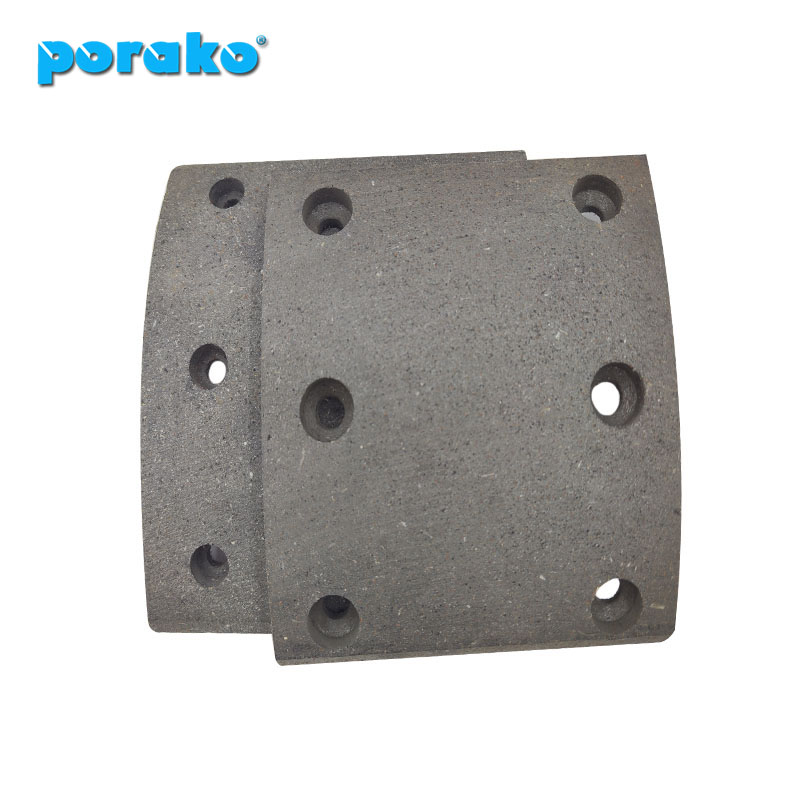What to Consider in Brake Lining Selection
2024-05-17
Selecting the right brake lining is crucial for vehicle safety and performance. Here are the key factors to consider:
High Friction Coefficients: Brake linings should have high friction coefficients and be able to maintain these coefficients across a wide range of temperatures. As brake pads heat up, the friction coefficient can decrease, so maintaining performance under high temperatures is essential.
Temperature Resistance: Brake linings must withstand high temperatures without degrading.
Wear Resistance: The materials should be durable and resistant to wear over time, ensuring a long service life without damaging the brake discs.
Noise Reduction: Brake linings should operate quietly, as noises can become extremely bothersome over time.
Glazing Resistance: They should not lose their braking effectiveness by glazing over at high temperatures.
Foreign Substance Resistance: The linings must be resistant to dust, water, and dirt to ensure consistent performance.
How Long is the Life of a Brake Lining?
Several factors influence the lifespan of brake linings:
Brake Lining Models: Different models have different durability and performance characteristics.
Material Properties: The structure, softness, or hardness of the brake lining affects its longevity.
Usage Patterns: How you drive and how often you brake significantly impact the wear and tear of brake linings.
On average, brake linings typically last between 20,000 and 40,000 kilometers. Soft brake linings tend to wear out faster but are quieter, while hard brake linings have a longer life but are more likely to produce noise. Driving habits also play a crucial role; aggressive braking can shorten the lifespan, while gentle and gradual braking can extend it.






